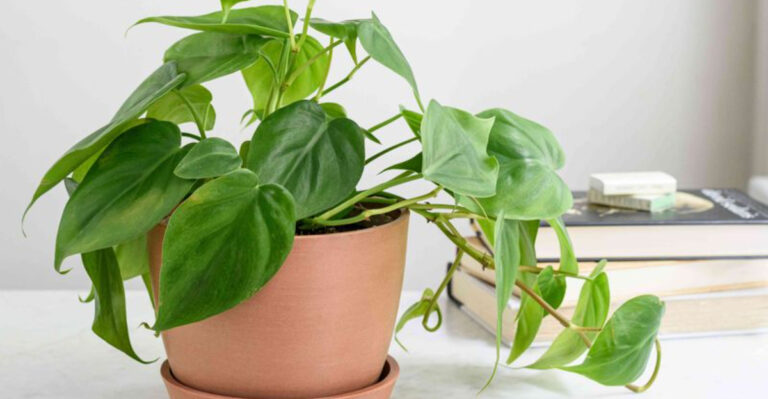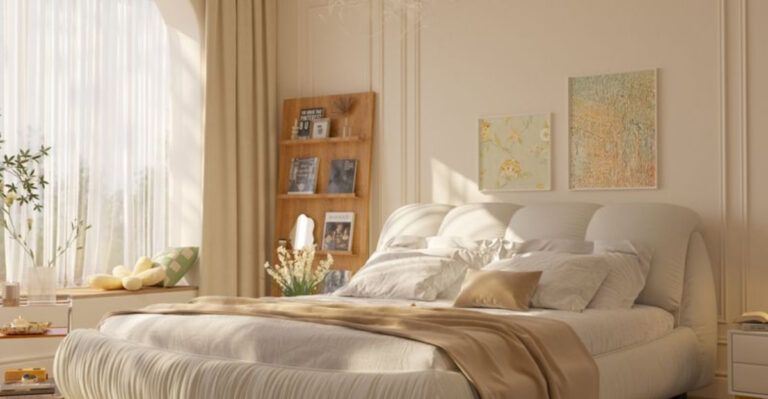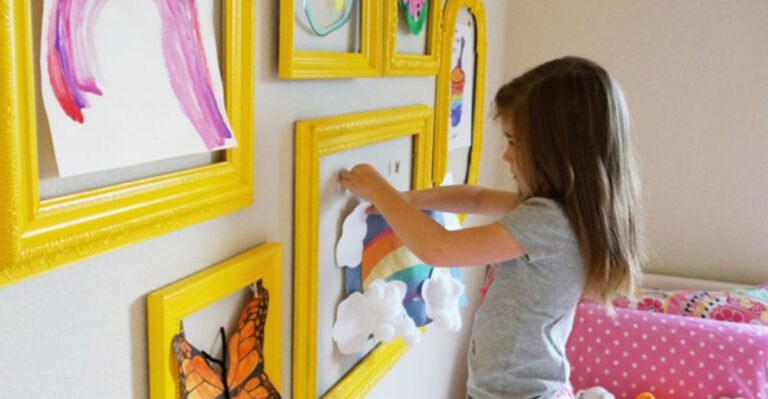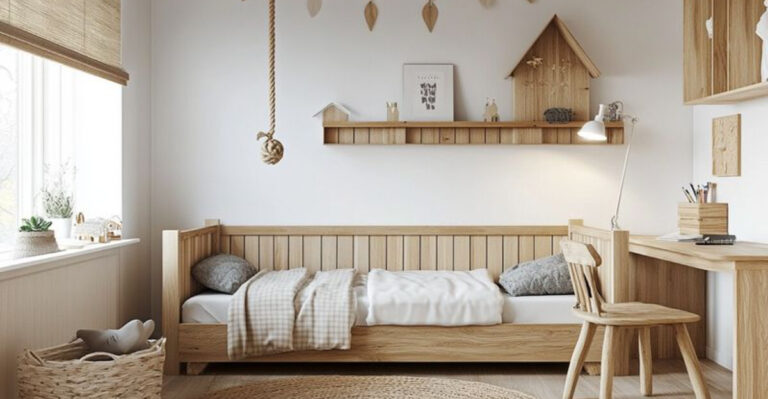This Is The Dustiest Room In Your House (16 Ways To Make It Shine)
I used to think my bedroom was pretty clean, until I moved a nightstand and found a mini dust bunny colony living behind it. Turns out, the place where I unwind every night was quietly collecting more dust than any other room in the house.
Between closed vents, barely touched surfaces, and corners I never think to clean, it was a dust trap in disguise.
If you’re like me and want your bedroom to feel fresh and restful again, it might be time for a deep clean. Here’s how to clear the air and finally reclaim your sleep sanctuary.
1. Start With A Ceiling-To-Floor Strategy
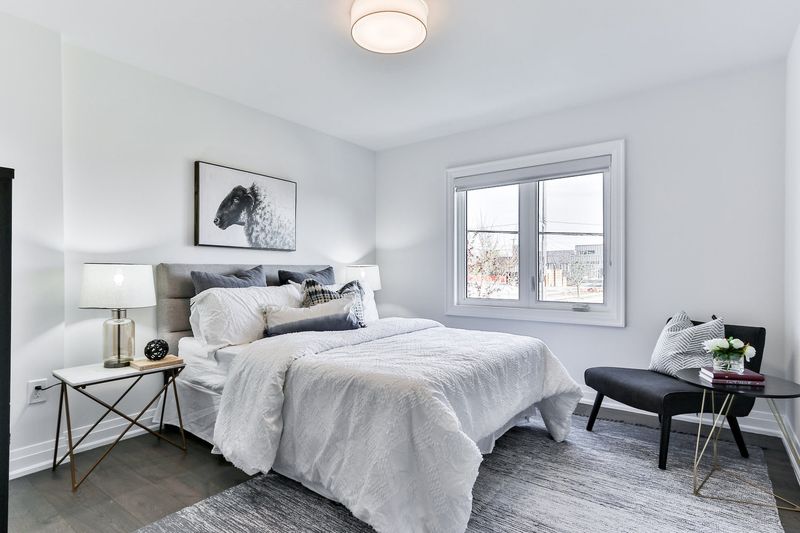
Gravity is your cleaning ally when tackled properly. Begin dusting from the highest points in the room—ceiling fans, light fixtures, and crown molding—and work your way down to baseboards and floors.
This prevents you from re-dusting areas you’ve already cleaned. Using an extendable duster with microfiber attachments makes reaching those cobweb-prone ceiling corners much easier.
Pro tip: Place an old sheet on the floor beneath areas you’re dusting to catch falling particles, making final cleanup a breeze.
2. Wash Window Treatments Monthly
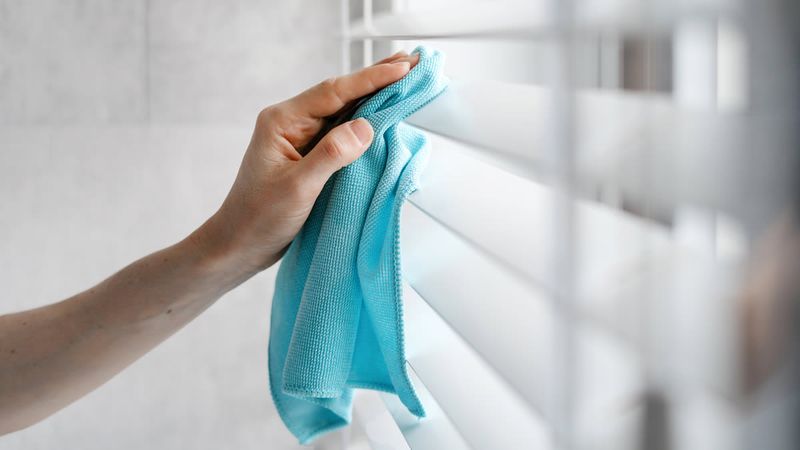
Curtains and blinds are dust magnets that often go unnoticed. Remove and launder fabric curtains according to their care instructions—most can be machine-washed on gentle cycle and hung to dry.
For blinds, a microfiber cloth dampened with equal parts water and white vinegar works wonders. Close blinds one way to clean, then reverse them to get the other side.
Those fancy valances? Don’t forget them! A handheld vacuum with brush attachment gently removes accumulated dust without damage.
3. Vacuum Under The Bed Weekly
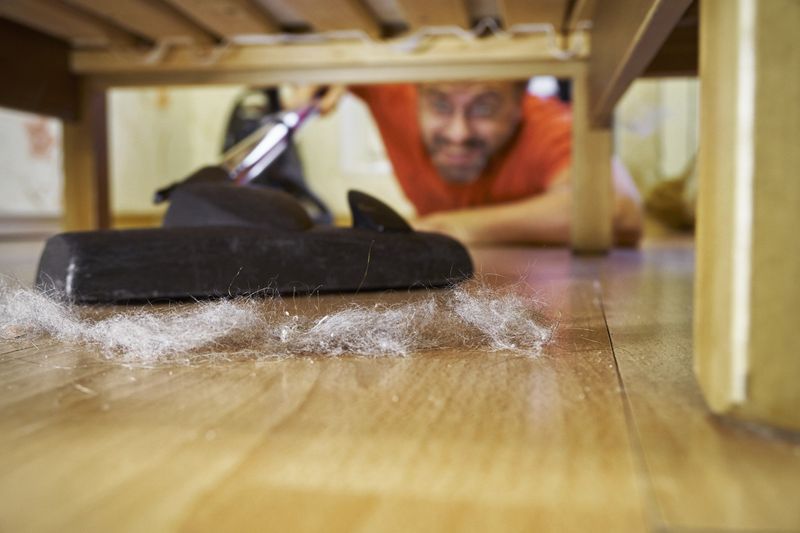
The mysterious land beneath your bed might be housing dust bunnies the size of actual rabbits! Use a vacuum with a long attachment to reach these forgotten zones.
For an even deeper clean, consider investing in bed risers to create more accessible space. Placing storage containers with lids under the bed helps minimize dust collection on items stored there.
Bonus approach: Once a season, completely move the bed to vacuum thoroughly and wipe down the floor underneath with a damp microfiber cloth.
4. Banish Dust Mites From Bedding
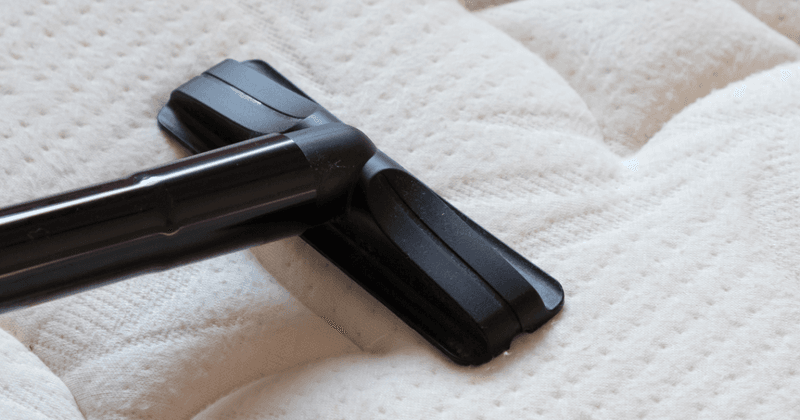
Your room mattress might be a dust mite paradise! These microscopic creatures feast on dead skin cells and multiply rapidly in undisturbed bedding.
Strip all bedding and wash in hot water (at least 130°F) to get rid of dust mites. While sheets are off, vacuum the mattress thoroughly using your vacuum’s upholstery attachment.
Consider investing in allergen-proof mattress and pillow covers that zip closed. These barriers prevent dust mites from setting up home in your bedding and help you with allergies breathe easier.
5. Purify Air With Houseplants
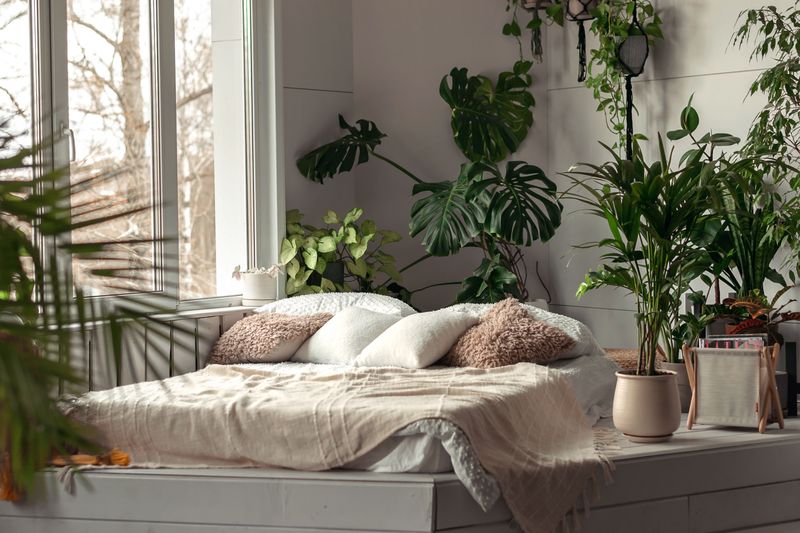
Nature’s air filters can help combat dust while adding life to your room. Spider plants, peace lilies, and snake plants naturally filter airborne particles and produce oxygen.
Place one or two plants away from direct sunlight but near windows. Their leaves trap dust particles, so give them a gentle shower or wipe down leaves monthly with a damp cloth.
Plants like English ivy are particularly effective at removing airborne mold particles, making them perfect additions to bedrooms that feel stuffy or musty.
6. Declutter Nightstand Surfaces
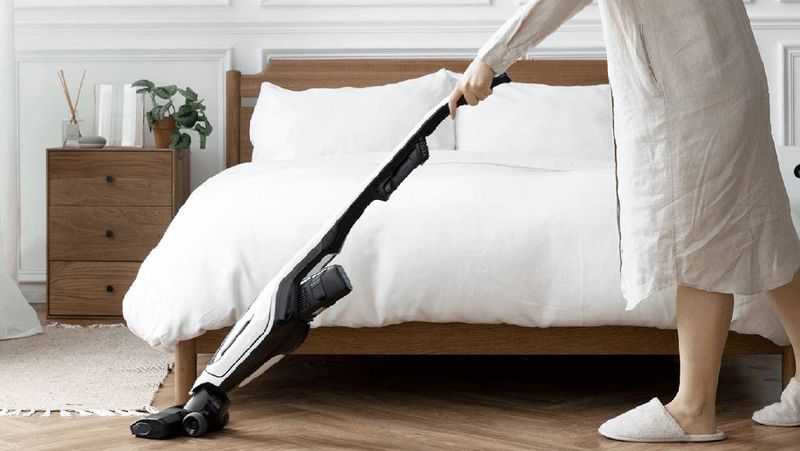
Bedroom nightstands often become dumping grounds for random items, creating perfect dust-collection platforms. Keep surfaces minimal with just a lamp, small plant, and perhaps a carafe of water.
Replace dusty books and decorative items with just one or two meaningful pieces that are easy to clean. Drawer organizers help contain necessary items while keeping surfaces clear.
A clever hack: Apply a thin layer of car wax to wood surfaces after dusting. This creates a slight barrier that makes future dust less likely to stick and easier to remove.
7. Replace Carpeting With Hard Flooring
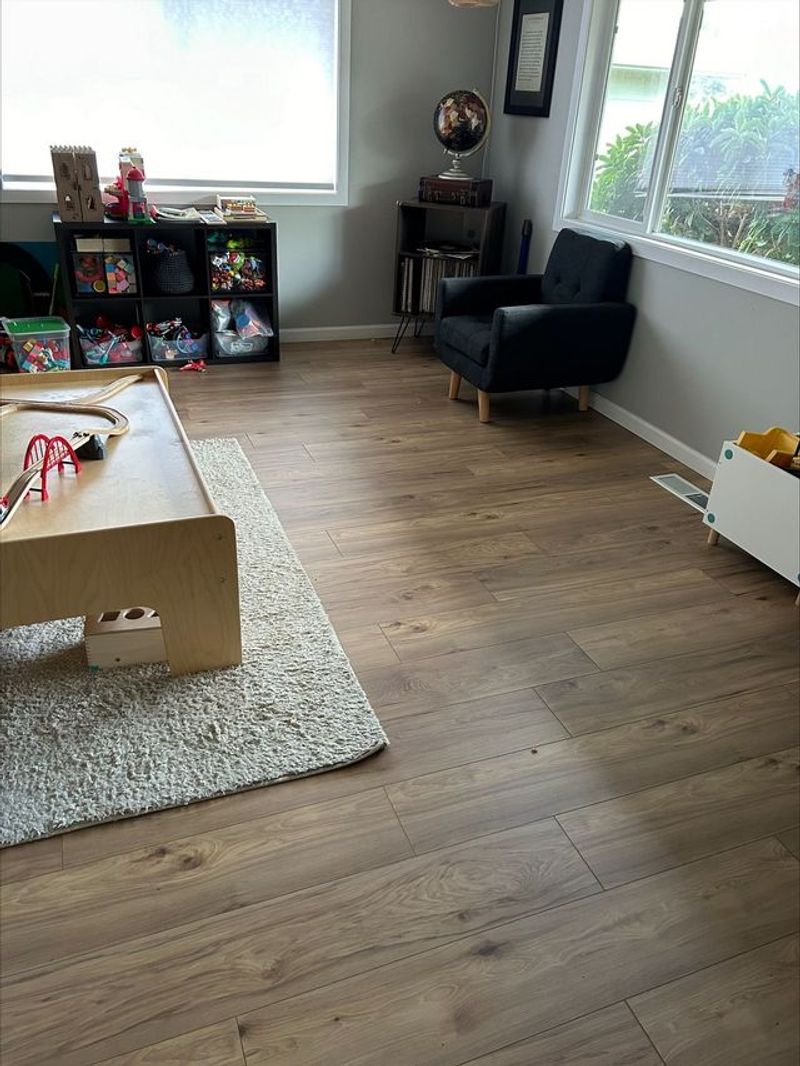
Carpets trap alarming amounts of dust, even with regular vacuuming. Consider replacing room carpeting with hardwood, laminate, or luxury vinyl plank flooring for dramatically reduced dust levels.
Hard surfaces don’t harbor dust mites or trap allergens, making them easier to clean thoroughly. A quick sweep and occasional damp mop is all you need to maintain them.
If complete replacement isn’t possible, try area rugs that can be taken outside and beaten clean periodically—much more effective than vacuuming alone for removing embedded dust.
8. Manage Electronics Dust Magnets
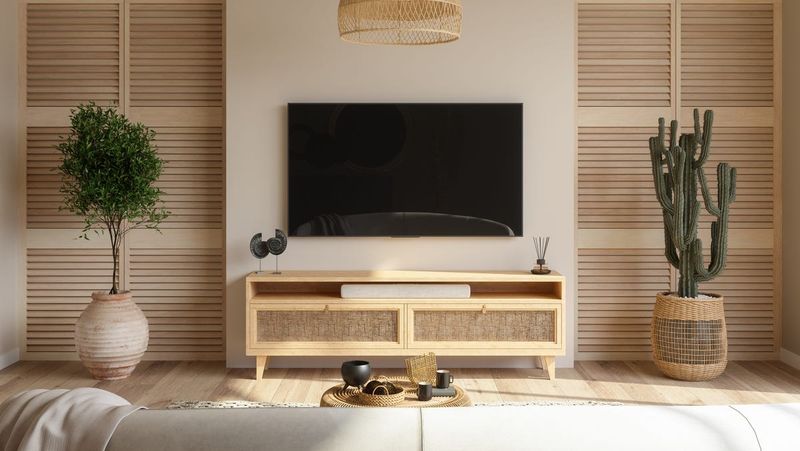
TVs, alarm clocks, and charging stations create static electricity that actively attracts dust. Unplug electronics before cleaning them with microfiber cloths specifically designed for screens and sensitive surfaces.
Compressed air cans help blast dust from remote controls, keyboard crevices, and other hard-to-reach spots. Consider covering rarely used electronics when the room isn’t occupied.
Cable management solutions like cord covers or boxes hide those dust-collecting wire nests behind furniture. As a bonus, they make the room look neater and more intentionally designed!
9. Adopt A Microfiber Cleaning Arsenal
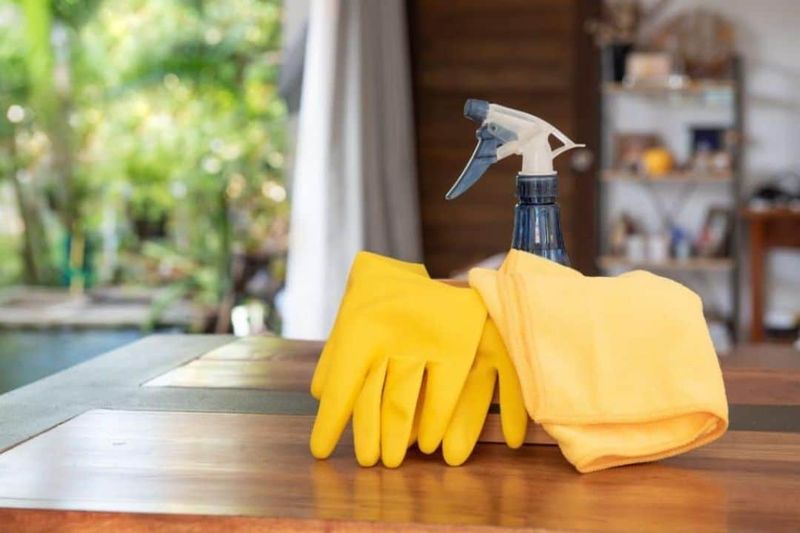
Throw away those feather dusters that just redistribute dust! Microfiber cloths trap and hold dust particles through static electricity and microscopic fibers that act like hooks.
Color-code your microfiber collection: blue for glass surfaces, yellow for bathroom fixtures, green for dusting furniture. This prevents cross-contamination between cleaning zones.
Machine wash microfiber separately from other laundry, avoiding fabric softener which clogs the tiny fibers. Air-dry them to maintain their electrostatic dust-grabbing properties for hundreds of uses.
10. Invest In An Air Purifier
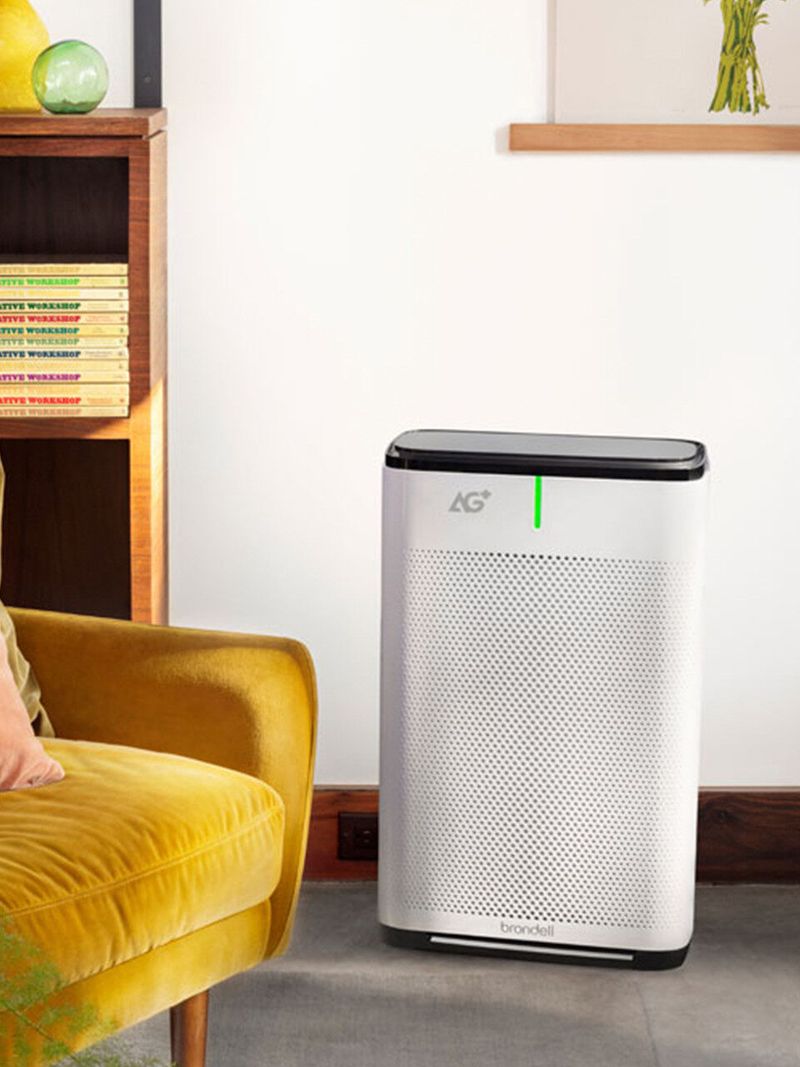
A HEPA air purifier works continuously to remove airborne dust particles, pollen, and pet dander. Place one in your bedroom and run it for a few hours before every now and than.
Look for models with washable pre-filters to catch larger dust particles before they reach the HEPA filter. This extends the life of the more expensive main filter.
Some smart purifiers can be controlled remotely, allowing you to freshen the air even when you’re not home. The quiet white noise they produce also helps visitors sleep better!
11. Seal Leaky Windows And Doors
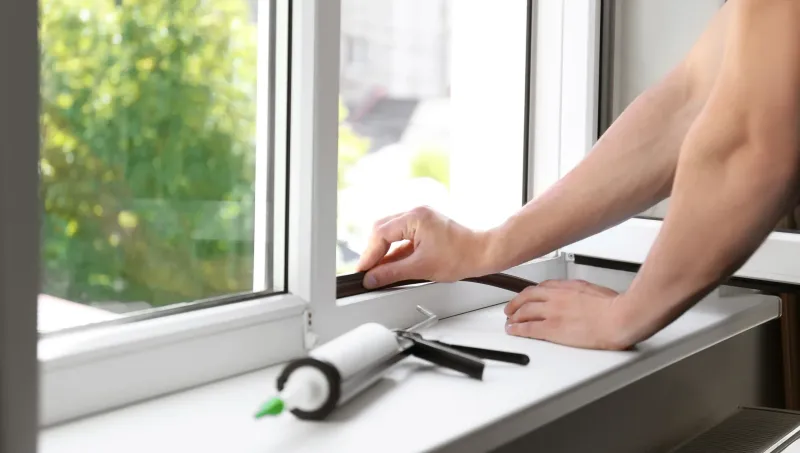
Gaps around windows and doors are superhighways for dust to enter your room. Inspect frames for cracks and apply weatherstripping or caulk to seal any openings.
Draft stoppers placed at the bottom of doors block dust from hallways or other rooms. These simple fabric tubes filled with sand can be decorative additions that serve a practical purpose.
Window films provide another barrier against dust while also blocking UV rays that can fade furniture. They’re inexpensive, removable, and help maintain more consistent room temperature too!
12. Create A Weekly Fifteen-Minute Routine
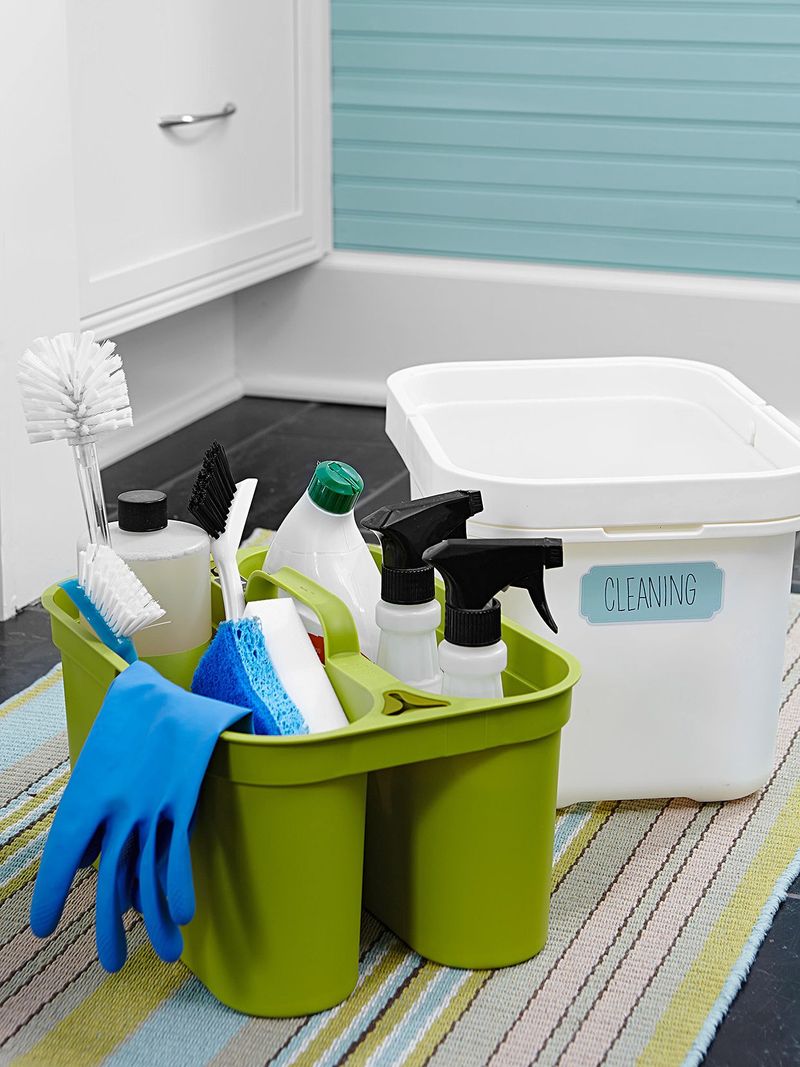
Consistent short cleaning sessions prevent dust from building to overwhelming levels. Set a timer for 15 minutes once a week to quickly hit the major dust zones in your room.
Focus on horizontal surfaces, lamp shades, picture frames, and floor corners where dust bunnies congregate. A methodical left-to-right, top-to-bottom approach ensures nothing gets missed.
Keep a cleaning caddy stocked with microfiber cloths, spray bottle of water with a drop of dish soap, and a small vacuum in the room closet for easy access. Convenience makes consistency more likely!
13. Maintain Proper Humidity Levels

Excessively dry air causes static electricity that attracts and holds dust particles. Aim for humidity between 40-50% in your bedroom using a small humidifier during dry months.
In humid seasons, a dehumidifier prevents the opposite problem—moist air that encourages dust mites and mold growth. Either way, balanced humidity means less dust sticking around.
A simple humidity monitor costs under $10 and helps you maintain the sweet spot. You will appreciate the comfortable air quality, and you’ll enjoy less frequent dusting sessions!
14. Implement Door-Closed Policy

Keep your room door closed when not in use. This simple habit dramatically reduces airflow carrying dust from high-traffic areas into your seldom-used space.
Install a decorative door sweep to block the gap between door and floor. These inexpensive additions prevent dust from sliding underneath even when the door is closed.
If you have pets, the closed-door policy is even more important. Pet hair and dander are major dust components that can quickly transform a clean room into a sneezy nightmare for visitors.
15. Rotate Decorative Items Seasonally

Those lovely knickknacks and decorative pillows are dust collection champions! Instead of displaying everything year-round, rotate seasonal decor every few months.
Store off-season items in sealed plastic containers with labels. When you bring them out again, they’ll need a quick wipe rather than intense cleaning after months of dust exposure.
This rotation system also gives your room a refreshed look throughout the year. Fewer items on display at any given time means fewer surfaces to dust and a cleaner-looking space overall.
16. Schedule Professional Deep Cleaning Annually
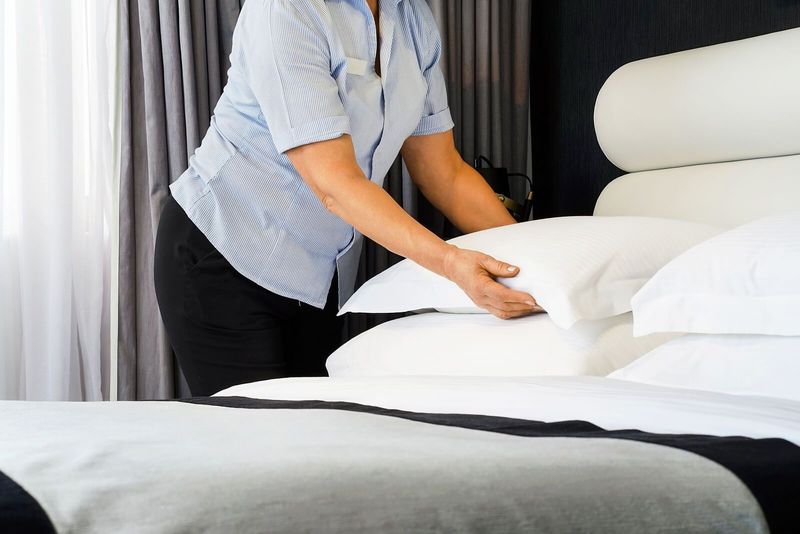
Even with regular maintenance, professional help once a year works wonders. Cleaning services have specialized equipment to extract dust from areas you might miss, like inside vents, behind radiators, and deep in upholstery.
Schedule this deep clean before major holidays. Professional carpet cleaning with hot water extraction removes up to 98% of dust and allergens trapped in fibers.
Ask specifically for high dusting services that target ceiling fans, top shelves, and crown molding. These overlooked areas can rain dust down when disturbed by heating systems or ceiling fans.


